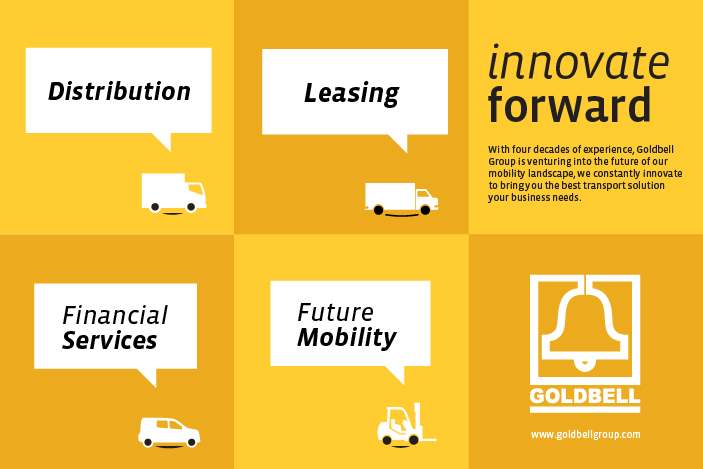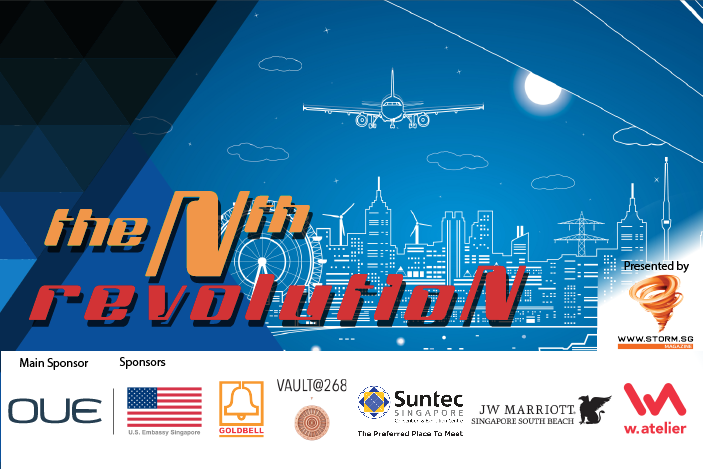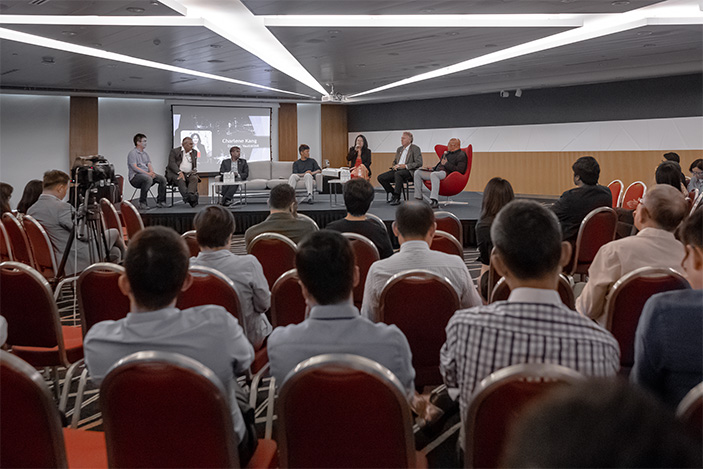
FOLLOWING the keynote speech by economic development consultant and think tank head Mark Lautman at Keep It Going: The Nth RevolutioN, the panel that convened for the event was tasked to discuss The Good, the Bad and the Ugly of the Future.
Considering what Lautman had said about the future taking on a higher value compared to the recent or distant past because of exponential acceleration, the panel had their work cut out. As each of the panel members was either a leader in their chosen fields or prominent by their demonstrated adaptability to changes, it was useful to get their perspectives about the future.
Article continues…
The Next STORM event on 25 October 2018
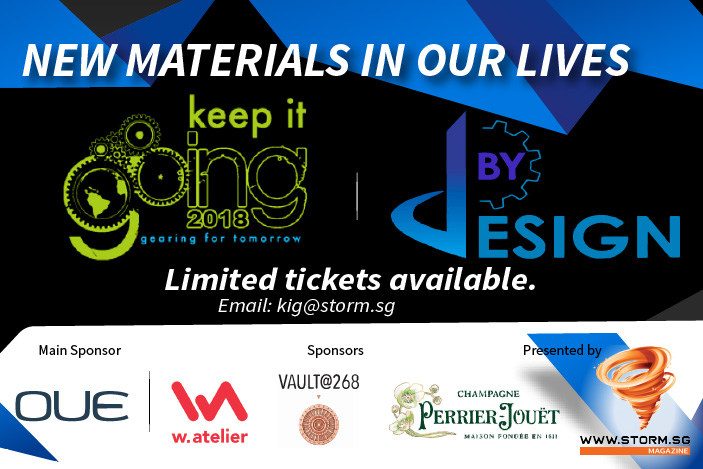
Having said that, Lautman’s comments about the future being more important than the past put the panel on the back foot as they were all basically sitting there because of past achievements.
Their challenge was to not let the past overshadow their own thoughts about the future, and they all managed to do that with a good degree of conviction.
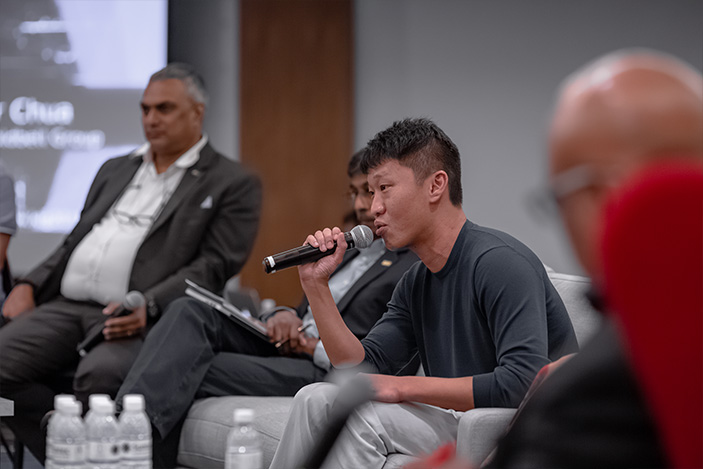
Pursue New Business Models
For Arthur Chua, the chief executive of Goldbell Group, Singapore’s market leader in the distribution and leasing of commercial vehicles, his biggest fear for the future is that commercial vehicle manufacturers are actively gazing downstream to engage in the distribution and leasing business model themselves.
As Chua explained: “The new revenue model of OEMs (original equipment manufacturers) is that they are no longer only going to produce vehicles. It’s not about sales anymore. They realise that in a car-lite society, the revenue model should centre on running the commercial vehicles themselves.
“What happens to us then? We are a distribution company and leasing company. If the manufacturers themselves decide to go downstream, we become redundant.”
Article continues…
While he did not go into more detail about manufacturers’ downstream plans in his industry, it is apparent that technology has enabled OEMs to pursue new revenue models, ostensibly in a more cost-efficient manner than ever before. This is something that is happening across many, if not, all industries these days, thanks to advancements in technology that, if you believe in what Lautman said in his keynote address, are about to become even more intense. The likes of Goldbell have to look for alternative sources of revenues themselves, just to stay afloat.
Watch the video with Arthur Chua: The Uncertainty Of The Middleman
To this end, Chua has decided to tap the growing mobility segment at family-run Goldbell. “Other than our core business which is healthy, we have started a future mobility company and we are focusing on the sharing economy. We have developed an in-house efficient routing algorithm that we have launched globally,” noted Chua, who is also the co-founder and executive chairman of SWAT, a dynamic route optimisation engine for “smart cities”.

Evolution Of Malware
Meanwhile, for cybersecurity expert with Russia-based Kaspersky Lab, Wayne Lee, the good, the bad and the ugly about the future centres on how malware has evolved over the years. A Bachelor of Electrical and Electronic Engineering graduate from the Nanyang Technological University (NTU), Lee noted that malware is now more malicious and insidious.
“In the past, malware just shut a computer down. It was trying to make trouble for you. While it was very annoying, it was not dangerous yet. There was no destruction of data. Nowadays, things have become scarier. Malware now has goals. They mine data. Previously it used to be for the fame, but now creators of malware have more objectives. Like stealing information and data from their victims,” Lee explained.
Watch the video with Wayne Lee: Things Are Getting Scarier
An example is something called “spear phishing”. It is becoming common for attackers to perform social engineering and crafting out targeted documents to lure their victims. There is also a prevailing fallacy that administrator privileges are required to gain system control but that is not the case. Privilege escalation is possible even without administrator rights.
Lee’s comments about malware are sobering considering that many cities, including Singapore, are aiming to become smart cities. If you apply Lautman’s views about exponentially accelerating changes to malware, cybersecurity people have their work cut out to fight against the scourge.
While security researchers like Lee will increasingly be in demand, the concern is that advances in malware stay in front of costly cybersecurity efforts to keep them at bay. This suggests that concepts like cashless societies need a lot more thought before they can become fully implemented, if ever. Logically, they should not be considered at all unless malware is completely eradicated or the stakeholders in malware development decide to call it a day. That seems unlikely to happen.

Crippled By Fear
This is a scary thought for governments all around the world that increasingly rely on digital systems to extend their outreach to the public and their governance. Which leads us to Sanjay Kuttan’s biggest worry about the future, namely the fear of fear itself.
Kuttan has a PhD in Pharmacology but has held a range of posts in the private and public sectors. He has worked for ExxonMobil Asia Pacific, Energy Market Authority, McKinsey & Company and DNVGL – Energy.
In management consulting, he was primarily involved in the oil and gas sector. At DNVGL, he was engaged in smart grids and power systems, renewables and grid integration, energy efficiency, electricity markets and energy policy. As director of industry development at the Energy Market Authority (EMA), a statutory board under the Ministry of Trade and Industry, he was in charge of three key clean technology projects embarked by the EMA — the intelligent energy system pilot (also known as smart grid), the electric vehicle test bed and the Pulau Ubin renewable energy project.
“My fear is that people are going to be crippled by fear,” Kuttan noted.
“The fear of not knowing what is going to happen tomorrow. It cripples you. The whole thing about being satisfied with the status quo scares me, and I think there must be a constant dissatisfaction.”
He added that a corollary to this line of reasoning is whether the education system is “preparing children for the future in a way that make them more resilient to the changes that come”.
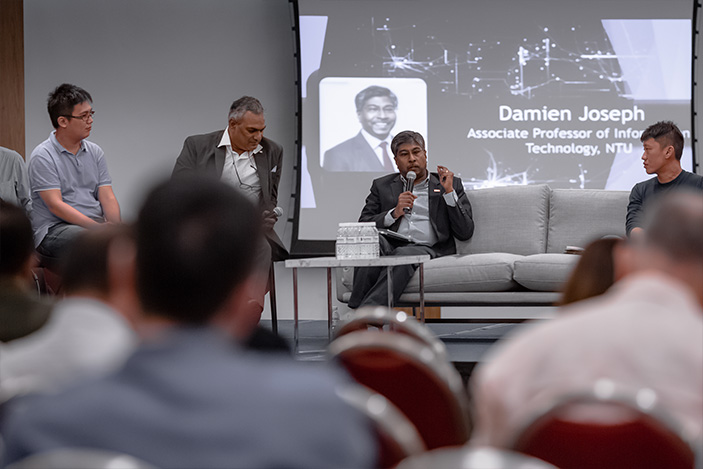
Teaching For Tomorrow
Associate Professor of Information Technology at Nanyang Business School, NTU, Damien Joseph, is giving it a go at trying to get the younger generation to become more resilient. The educator and researcher noted that some of the things his students learn like organisational behaviour, marketing and IT may not have the same relevance as early as when they graduate.
He spends more time on what he thinks is a more useful tool for them to have as they forge ahead with their careers and lives. “I am teaching students how to learn, at least in the first year. It’s basically about learning to learn and that skill is something that will be lifelong. The scary thing is whether what we are doing now actually works. We don’t know,” Joseph said.
Watch the video with Damien Joseph and Dr Sanjay Kuttan: Teach Them Well For Tomorrow
Pushed on when he will know if teaching his students to learn has worked, he replied: “We will know when the students come back and tell us. Which is probably never. However, I suspect that after one or two technology cycles, if we still see them being productive, it will give us some indication that we are on the right track.”
Optimism About Technology
Indeed, technology is transcending the human condition and affecting that the way that people live their lives. Charlene Kang, the Executive Director of Vault@268, leans more towards the positive embrace of technology.
That is not surprising as Vault@268 is Singapore’s first robotic safety deposit box facility. It is located at the Yen San building along Orchard Road and was brought to life in partnership with Ngee Ann Development which has a 75% stake in the business. As the originator of the idea to build a robotic safety deposit box facility in Singapore, Charlene is tech-savvy and a voracious reader of technology-related news.
Understandably, she is constantly thinking about the security of her facility which has four levels of identity authentication—card key, pin numbers, biometric scans and personal keys to open a box. It requires no interaction with staff members. “I still get worried and I do a lot of research. I am in the security line and I have to keep myself at the edge of change,” Kang noted.
Despite the high-tech nature of her safety deposit box facility, she knows that technology continues to evolve and people must move with the changes. “No doubt, we think we have found answers to a lot of our problems and we are reaching technology nirvana. But we are not. There are a lot of things that we need to work on. We have to understand how to evolve by understanding how things fail, so that the next product that comes out can provide the solution,” she said.
The Keep It Going series has been ongoing since 2013. However, in that time, technology has come to the forefront of people’s lives; the way companies are run and the way countries are governed. In just a matter of six years, Ray Kurzweil’s Law of Accelerating Returns has taken root in Singapore. Here is a summary of how some of the panel members have been affected by the impact of technology in that time:
- Arthur Chua at Goldbell is becoming more aware of his business model’s weakness, and embracing technology to tap new revenue sources;
- Wayne Lee at Kaspersky Lab is working hard to keep up with the evolution of malware in order to protect systems;
- Damien Joseph at NTU is keen to teach his students how to learn and hopes that this will keep them resilient over various technological cycles;
- Charlene Kang at Vault@268 has introduced a first in Singapore but is constantly looking at how technology can improve her facility and potentially affect it.
All this may just be the tip of the iceberg.
How do people handle all the change that is to come? Dr Sanjay Kuttan articulated a methodology that seems portable across people, industries and governments at a granular level.
He said: “In the organisations that I have worked in, there is a pressure of time to solve. And the pressure of time to solve is that it makes people come to decisions even before they have come to a full consideration.
“This doesn’t mean that you are paralysed by analysis and take time to decide. You need to have some sense of when you have to make a decision and how you go about doing that. Not everything needs to be solved within the next minute and having that kind of sense helps me get through challenges when I am changing jobs,” he noted.
In a world of exponentially accelerating changes, these may be wise words to pay heed to.

















